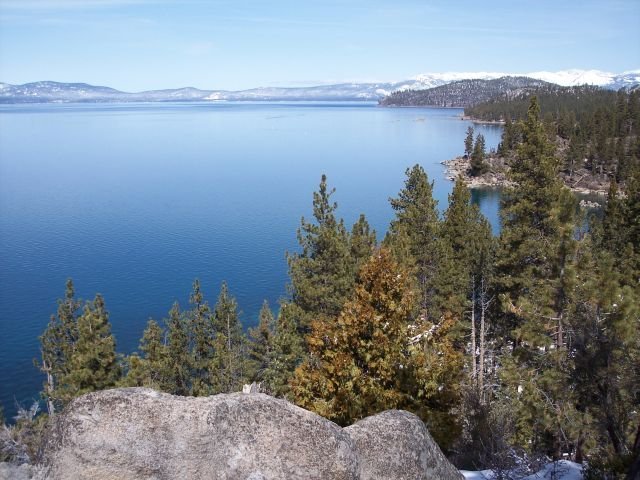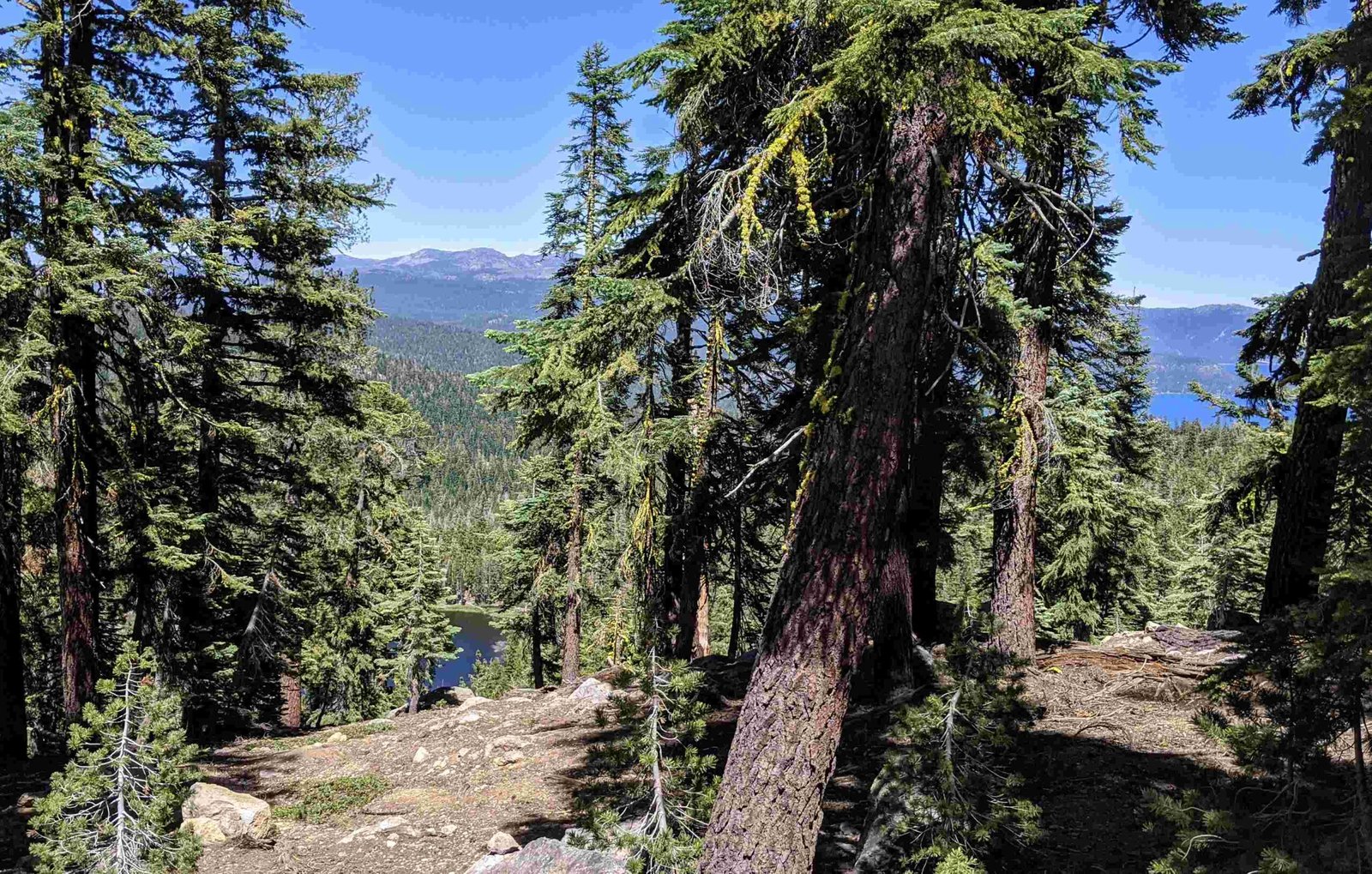Lake Tahoe emerges as a spectacular alpine sanctuary nestled in the Sierra Nevada mountains, straddling California and Nevada. This extraordinary freshwater marvel spans 22 miles long and 12 miles wide, representing North America’s largest alpine lake with an average depth of 1,645 feet. Its crystal-clear waters, surrounded by majestic mountain peaks, create an unparalleled natural landscape that attracts millions of visitors annually seeking adventure, relaxation, and scenic beauty.
What Makes Lake Tahoe the True Jewel of the Sierra?

Lake Tahoe’s unique geological formation and pristine environment distinguish it as a premier destination. Formed approximately two million years ago by geological shifts, this alpine lake represents a rare ecological treasure with remarkable characteristics:
Geographical Significance
- Location: Spans California and Nevada border
- Elevation: 6,225 feet above sea level
- Surface Area: 191 square miles
- Water Volume: 39 trillion gallons
Ecological Characteristics
| Characteristic | Details |
|---|---|
| Water Clarity | Up to 70 feet visibility |
| Water Temperature | 40-70°F seasonal variation |
| Surrounding Forest | Mixed coniferous ecosystem |
| Wildlife Diversity | 290+ animal species |
Why Visit Lake Tahoe?
Visitors are drawn to Lake Tahoe for its extraordinary diversity of experiences:
- Summer Adventures
- Hiking mountain trails
- Water sports
- Mountain biking
- Rock climbing
-
Kayaking and paddleboarding
-
Winter Experiences
- World-class skiing
- Snowboarding
- Snowshoeing
- Ice skating
- Winter photography
How to Explore Lake Tahoe’s Unique Environments?
Lake Tahoe offers distinct experiences across multiple regions:
North Lake Tahoe
- More serene and family-friendly
- Smaller, quieter communities
- Excellent skiing destinations
- Pristine beaches
South Lake Tahoe
- More vibrant and energetic
- Casino entertainment
- Diverse dining options
- Active nightlife scene
What Are the Best Seasonal Activities?
Summer Highlights:
– Emerald Bay State Park exploration
– Boat tours
– Fishing expeditions
– Beach relaxation
– Hiking Sierra Nevada trails
Winter Highlights:
– Heavenly Mountain Resort skiing
– Snowboarding adventures
– Cross-country skiing
– Winter wildlife observation
Conservation and Environmental Importance
Lake Tahoe represents a critical ecological system:
– Hosts unique endemic species
– Serves as a crucial water reservoir
– Maintains complex mountain ecosystem
– Protected by strict environmental regulations
Travel Tips for Jewel of the Sierra Visitors
- Best Visiting Months: June-September (Summer), December-March (Winter)
- Recommended Gear:
- Layered clothing
- Hiking boots
- Sun protection
- Water-resistant jacket
- Altitude Considerations: Drink plenty of water, pace activities
Unique Photography and Scenic Opportunities
Lake Tahoe offers unparalleled photographic landscapes:
– Sunrise over mountain peaks
– Crystal-clear water reflections
– Alpine forest panoramas
– Wildlife photography
– Dramatic seasonal color changes
Final Thoughts

Lake Tahoe transcends typical destination descriptions, embodying a living, breathing natural wonder that captivates visitors with its extraordinary beauty, recreational diversity, and ecological significance.

